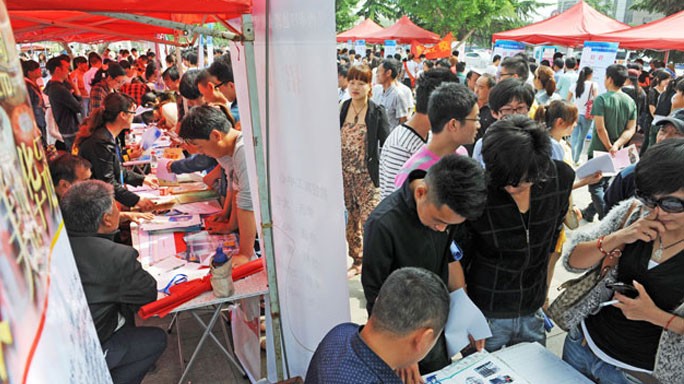Despite all the ups and downs in China’s economy over the past decade, its official unemployment rate has remained incredibly stable. Incredible in the sense of “impossible to believe”. The registered urban jobless rate is just 4.1% now. This would seem to point to economic vigour, but the problem is that it has sat at that precise level, without moving, since late 2010. And it has stayed within an absurdly narrow range of 4.0-4.3% since 2002, even at the depths of the global financial crisis.
New research claims that the real unemployment rate might be more than twice as high. In a working paper for the National Bureau of Economic Research, Feng Shuaizhang of the Shangai University of Finance and Economics and Hu Yingyao and Robert Moffitt of Johns Hopkins University parse data from an official housing survey to construct an alternative index. They find that China’s unemployment rate averaged 10.9% from 2002-2009, nearly seven percentage points higher than the registered jobless rate over that period.
The survey does not cover more recent data, so their research does not show whether the labor market has deteriorated as the Chinese economy has slowed. But their figures do point to the large, lasting impact of the mass closures of bankrupt state-owned companies in the 1990s. The unemployment rate was just 3.9% from 1988-95 and then climbed steadily upwards. State firms had played the biggest role in China’s north-east and so their closures dealt the region a particularly heavy blow, with its unemployment rate averaging 12.5% from 2002-9.
See more:
Economist





